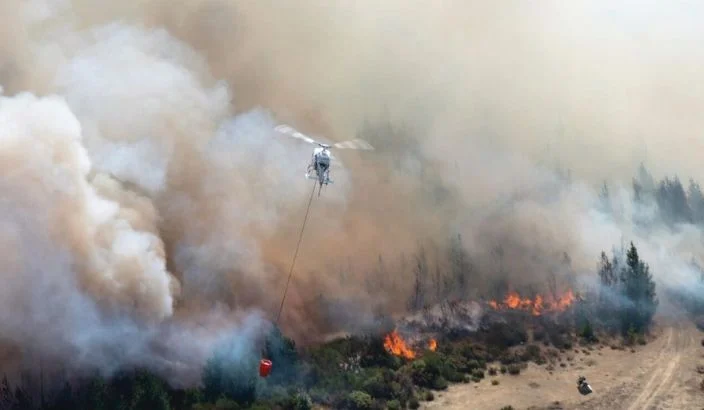
Pigeon Valley fires in Tasman 2019 — a stark reminder of the destructive potential of rural wildfires. Photo: Fire and Emergency NZ.
Steve Trigg
FENZ
Spring tends to be a windy time of year, and wind is one of the key factors in rural fires so now is a very good time to look at your property with an eye to reducing your exposure to this hazard.
For starters, if you have burn piles ready to light, please check the forecast and don’t even reach for your matches if there is any likelihood of wind. And if you’ve had a fire recently, please go back and check that it’s completely out because old fires reigniting are one of the most common causes of vegetation fires. Visit www.checkitsalright.nz for more information about burning safely.
Next, take a good look at your home, sheds and other buildings and identify the material that could catch alight easily if a vegetation fire occurs nearby. That might include shifting firewood stacked on the back porch, removing flammable plants growing up the side of your house, or clearing the old leaves and pine needles in your gutters.
Some of these things, like keeping the grass short around buildings and cleaning your gutters, are easily incorporated into your routine property maintenance.
Other actions – like replacing flammable plants with other species – take more planning and effort. But anything you do to create defendable space around your property will give our firefighters a better chance of saving your home or business if your area is threatened by fire.
The other thing to check is that your driveway has at least 4 metres clearance (both width and height) so that our fire trucks can access your property, and that your RAPID number is clearly visible.
Our website www.fireandemergency.nz has lots of practical advice about reducing your exposure to fires.